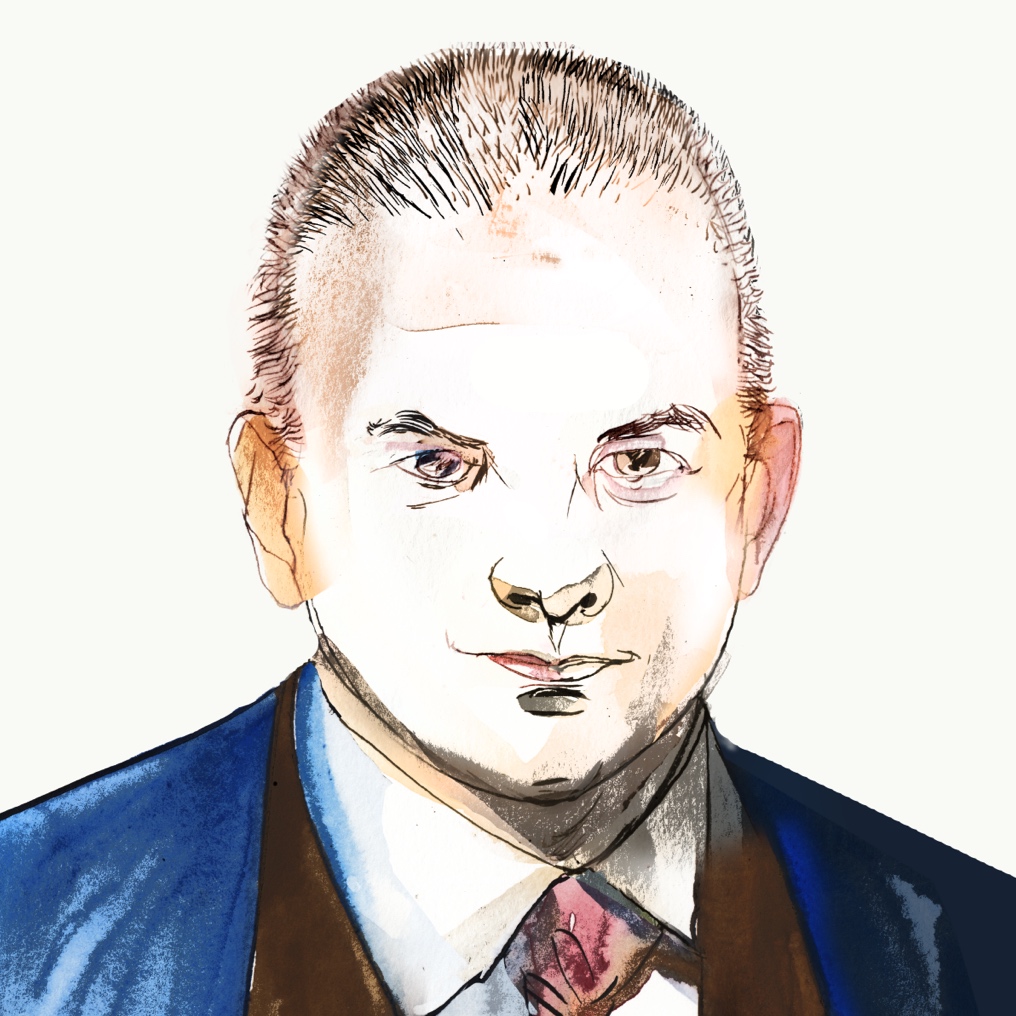The website UnHerd, a source of refreshingly independent and heretical perspectives on the orthodoxies of our day, recently published a heartfelt critique of the LGBTQ+ lobby group Stonewall. The author, Jonny Best, is a gay man who has been a longtime supporter of Stonewall and remains grateful for its influence on his life. Nevertheless, he writes that he has become disillusioned with the group and no longer trusts it. nThe reason for his disillusionment is Stonewall’s adoption of—and militant promotion of—gender ideology, transgenderism’s philosophical underpinning. This, Best argues, has subverted the original lesbian, gay, and bisexual branches of the LGBTQ+ movement, each of which assumes the foundational nature of sex and the male-female binary. It has fueled intolerance not only toward the usual heteronormative suspects, but also toward any lesbians, gays, or bisexuals who repudiate gender ideology.
As Best hints in the article, the addition of the T to the LGB was not a natural marriage for precisely the reason he now finds Stonewall’s stance to be problematic. Trans groups rejected the importance of biological sex. It was not a positive philosophy that brought them into the coalition but rather a shared opposition to heteronormativity. The same also applies to the Q. The LGBTQ+ alliance is thus an alliance forged on the belief that the enemy of my enemy is my friend.
There is a sense in which it is encouraging for conservatives to see some LGBTQ+ individuals breaking with the T and pointing to the nonsensical premises and authoritarian ambitions of the movement. The enemy of my enemy is something of a friend, as the LGBTQ+ movement itself shows. But I fear the reality may be far different and less encouraging.
We should question whether LGB opposition to the T is as coherent as Jonny Best believes it to be. I would argue that the conflict with transgenderism goes to the dilemma at the heart of LGB thinking. The key move in the history of the LGBTQ+ movement was not the addition of the T, but the earlier union of the L and the G. Lesbians and gay men had little in common, from their attitude to intercourse to their experience of the world. A gay man in a male-dominated world was still a man and still enjoyed male privileges. A lesbian in a world where women were seen as subordinate was still a woman and enjoyed no such privileges. What brought them together as a social and political force was the AIDS crisis of the eighties; suddenly middle-class men could also be seen as victims and the L and the G shared a common enemy: the heterosexual male establishment. At that moment, bodily differences ceased to be a key factor and victimhood took center stage.
To define the common ground between the L and the G simply in terms of the moral neutrality of erotic desire and retention of the male-female binary is to miss a principle dynamic of the movement’s history—a victimhood narrative that downplayed the importance of that binary in service of a common political cause. The conceptual framework for transgenderism was accepted by lesbians and gays decades before Justice Gorsuch granted that framework legal status.
To express this another way: When lesbians and gays downplayed bodily differences in order to team up, the LGB celebration of autonomy and self-definition was effectively unleashed from any limiting factors beyond that of psychology. The alliance may have been politically expedient, but just as ideas have consequences for actions, so actions sometimes have consequences for ideas. A practical coalition for sexual political purposes, one that untethers identity from the sexed body, leaves itself open to an alliance with queer and transgender groups—and with little in the way of positive commitment to prevent itself from being ideologically overwhelmed by such.
Some may take heart that the LGBTQ+ movement is starting to fracture. At a practical level, those of us who rightly worry that transgender ideology threatens everything from parental rights and women’s sports to basic freedom of speech need all the allies we can recruit. Perhaps this fracture, like that in feminism over the status of transgender women, is a sign that our culture might yet pull back from the edge.
nBut we need to remember that this movement was a movement of opposition, bound together by resistance to a common enemy. It should be worrying when a movement based on a shared opposition starts to crack and crumble. If the enemy is no longer deemed dangerous enough to keep my team together, perhaps the enemy is simply not that significant anymore. The crumbling of the LGBTQ+ alliance may well be not a sign that we are pulling back from the cultural edge, but a sign of the death of the old culture of sexual ethics. Traditional sexual mores are now culturally impotent. Civil war is sometimes the luxury of those who have already won the revolution.
Carl R. Trueman is a professor of biblical and religious studies at Grove City College.
First Things depends on its subscribers and supporters. Join the conversation and make a contribution today.
Click here to make a donation.
Click here to subscribe to First Things.
Andy Warhol’s Sacraments
Andy Warhol’s reproductions of popular brand logos have sparked debate as to whether he is playfully critiquing…
Killing Time
On October 29, 1945, Jean-Paul Sartre delivered his lecture “Existentialism Is a Humanism,” a declaration of independence…
Why Women Cannot Be Deacons
Much has recently been written about the possibility of the Church sacramentally ordaining women to the diaconate.…


